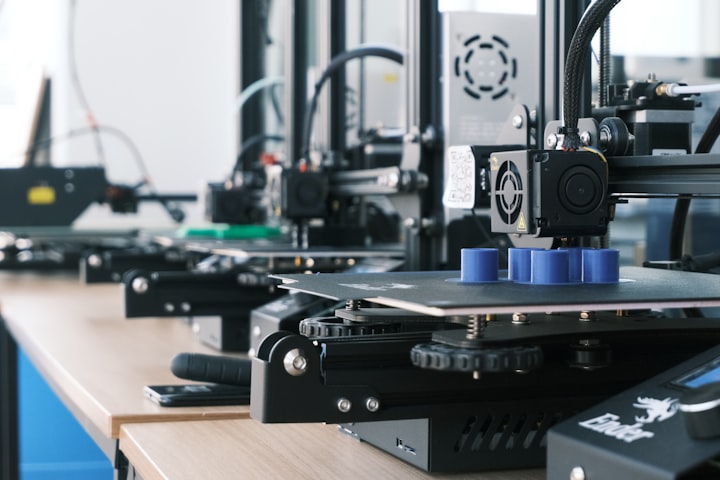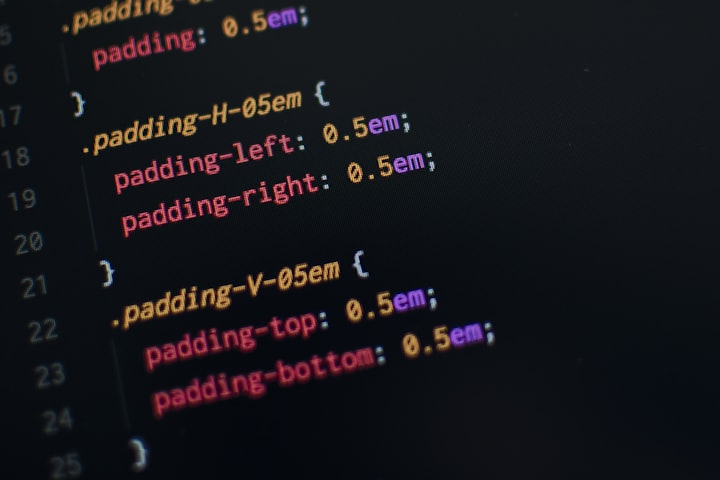Technologies Used for Manufacturing
Technologies Used for Manufacturing
Additional production, also known as 3D printing, has become one of the specialized technologies that allow you to design products with smaller, lighter, faster, and more flexible materials. By using such technology to improve the production process and reduce waste, market participants can supply the products demanded by customers.
In terms of quantitative power, managed, especially in the field of robots, there is a constant pressure to compete in manufacturing companies to invest in technology that incorporates human effort and movement. Production technology has become a new standard, which requires a large amount of data to be analyzed and maintained.
In addition to the simple automated industry of the past, future factories will integrate technology as part of the manufacturing process. In the future, the production process will be more customer-focused and the products produced will be environmentally friendly and will not have a negative impact on the environment.
In the manufacturing process, many of the production technologies associated with the Fourth Industrial Revolution are beginning to become proficient in their interactions with automation, data exchange, digital technology, automation, machine learning and Internet of Things. Many manufacturers use advanced production technologies such as IoT (Internet of Things (IoT), 3D printing and artificial intelligence to improve speed performance, reduce human interference and reduce errors.
There are many modern production technologies that are suitable for Industry 4.0, the name of the Fourth Industrial Revolution in terms of automation, data exchange, digital technology, automation, machine learning and internet of things. In this sense, the five technologies that have a new impact on production are listed here.
As new technologies begin to penetrate all aspects of our lives, we are beginning to see their application in the manufacturing industry. The introduction of state-of-the-art production technology has brought about changes that were unimaginable over the past decade and have resulted in high speed, flexibility, accuracy and efficiency. Advanced robots, research and development labs, computer simulations, and storage technology make sense in every step of the production process.
The manufacturing industry is currently undergoing a technological shift, as new tools and new solutions emerge. These new technologies help manufacturers to produce high quality products that meet the changing consumer expectations. Here’s a look at six switching technologies that change the look of production as we know it.
Popular technologies such as cloud computing, artificial intelligence and the unpopular reality of taxpayers we see improve and transform the typical production business. As customers look for customized products, manufacturers need to invest in technologies such as 3D printing and artificial intelligence. In a world where technology drives new and innovative products, many companies choose to use production software to perform their tasks and products for customers.
There is controversy over the use of the term "integration" in production methods, but recent advances in computers have the potential to make the product more independent, cheaper and more efficient.
To improve production lines, more technologies and tools are used in production. Manufacturers are developing the use of technology. The idea is to choose a technology that matches your production methods and satisfy your customers.
The integration of the cyber and physical sector is a critical production technology in which a computer system must monitor processes, identify areas of change, and respond appropriately to physical systems. When used in ASP, production units focus on the construction of a variety of materials such as image processing, artificial intelligence, and sensor integration.
These manufacturing technologies include CAD / CAM software, manufacturing systems, measurement functions for all production levels, industrial robots, drilling tools, machinery, molding materials, various manufacturing technologies, 3D printing and so on. Connecting with new technologies and trends established in automation and data exchange in the manufacturing industry.
Modern production is an automated, technologically driven industry. When seen as an industry, production today is the center of exciting new technologies and innovations, and exciting technologies are transforming production in 2016. The fourth industrial revolution in the industry (4O) includes intelligent production systems, production processes, automated equipment, digital communication technology, Internet of Things (IoT), cloud computing, artificial intelligence, 3D printing and new types of human communication technology .
The advent of manufacturing technology creates a development, disruptive technology that gives customers a greater amount of value and makes a profitable profit for investors. Given the scope, complexity, and opportunities in production, the next wave of unicorn will emerge from robots, artificial intelligence and SaaS production. From plant operations and the combination of supply chains to the design and manufacturing of products for your customers to use, it is about changing all aspects of production.
The companies are exploring robots, 3D printing and artificial intelligence as a way to improve R&D processes and reduce product uncertainty. New production technologies provide a vast array of data that can be analyzed with powerful computing power to discover new and innovative approaches to forecasting analytics, Internet of Things (IoT) and digital architecture and simulation.
Global development challenges, such as opening new factories or exporting products, can be met by companies that use big data to produce. The IDC predicts that by 2019, 15 percent of manufacturers will manage data production and delivery processes using blockchain-based application models, edge analytics, real-time visibility and performance flexibility. Predictable statistics of smart and connected products, IoT, and high-end products are emerging and made by manufacturers and other industries that rely on data analysis to influence product innovation, pricing, promotions, customer engagement, and many other financial development strategies.






Comments
There are no comments for this story
Be the first to respond and start the conversation.